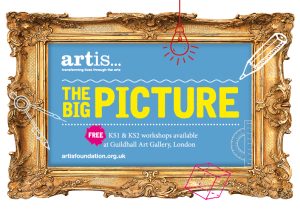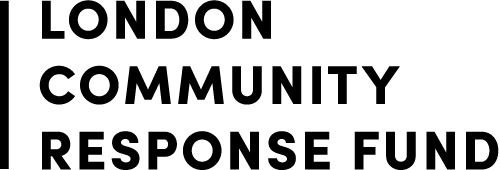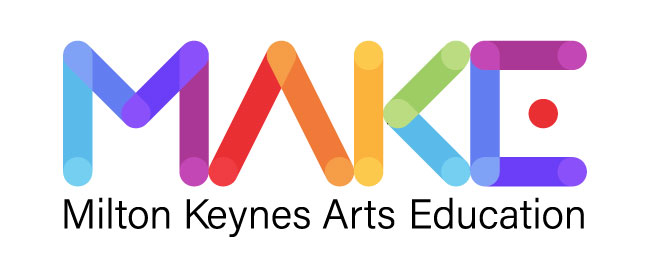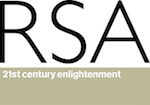A day in the life: Whirl & The Big Picture
|
By Wendy Steatham (Whirl) Taking place in the breathtaking main gallery space of Guildhall Art Gallery in the City of London, school groups are invited to embark on a journey into the world of art and maths, bringing to life one of Britain’s largest displayed oil-on-canvas paintings through drama, movement and music. I am lucky enough to be the creative arts specialist that leads The Big Picture workshops and have the joy of watching each group’s adventure unfold as primary education turns into an extraordinary expedition of fun and exploration.
My own expedition starts as I begin my commute to the City of London in rush hour on Monday mornings. Most of my work takes place in schools, theatres or arts venues, so travelling to the City – one of the world’s leading financial and governmental districts – is quite a novelty. Almost all of the people around me are wearing suits, carrying satchels and sipping their take-away coffees as they wearily tread their daily route to the office. People turn to look at me with curiosity as they hear the jingle of bells coming from my Artis tote bag and glimpse a colourful scarf or two nestled within. I smile as I imagine how different our days will be! At this point, I can’t help but imagine the group of 30 children who will be currently making a similar journey to the City of London, their eyes wide with expectation as they head towards the historical and ancient centre of the country. When I arrive at the gallery, I am always warmly greeted by the security team (even a hug after Christmas!), before I make my way to the main space to set up for the workshop. After moving aside the big, central viewing benches and setting up music and props, I mark out a large rectangle on the carpet with masking tape. This rectangle is (purposely) the same size as Copley’s The Defeat of the Floating Batteries at Gibraltar – the painting the children will be bringing to life. It really is that big that a whole primary school class can move around within its outline quite happily! The children are in awe when they see the painting for the first time and are open-mouthed when I tell them that it is taller than a double decker bus! Size and measurement are not the only mathematics explored in the workshop. The children learn that to make money, the artist charged people one shilling (equivalent to approximately £10 of today’s money) to view the painting in Green Park, before it was handed over the City and then I ask them to consider how on earth the painting was actually brought into the gallery, given it is much bigger than any door! I love their guesses, which have included: a gallery wall knocked down; the ceiling removed so it could be lowered in by helicopter; and the gallery being built around the painting. In fact, the last idea is very close – as the present gallery building was indeed specifically designed to house the painting – however, the canvas was actually rolled up like a carpet, making it small enough to enter through a doorway.
All of the maths explored in the workshop is, of course, brought to life in true Artis fashion. The children connect with a partner to explore moving from a 2D rectangle to a 3D cylinder and consider the size of diameter tube needed to avoid the painting overlapping by physically exploring the problem. They act out the contrasting two halves of the painting (fractions), becoming the characters involved in the historical event nearly 250 years ago and learn a dance sequence to consolidate their learning. Members of the public walking around the gallery may not have been expecting to share the space with a large group of enthusiastic young people dancing to upbeat music, but I have never once heard a complaint. Instead, people watch on and encourage the children’s performances, delighted and awed by the way learning can be transformed into such a creative, captivating and magical experience. “How wonderful!”, they say to me, “I wish we’d had this opportunity when we were at school”. The magic of the Artis workshop is magnified by the grandeur and ambience of Guildhall Art Gallery – there are always audible gasps of delight as children climb the stairs to see the gold-framed works of art surrounding their learning space. In addition to the Artis workshop and as part of the experience, teachers are invited to take their classes on a tour of the rest of the gallery, using a specially crafted resource which helps unlock further fun mathematical facts immersed in the gallery’s rich tapestry of art. One of the most memorable discoveries for the children is finding the remains of London’s only Roman Amphitheatre, which is hidden below the gallery. Another location that seems to stick in the memory of the children is the toilets… one letter of thanks from a student said: ‘the bathrooms were super clean with no cobwebs and the walls were so fancy’! Another two students noted the excellent Dyson hand dryers! At the end of their experience, groups wave goodbye, leaving with tired eyes, but wide smiles and lots of memories and stories to write about in the classroom. I pull up the masking tape and move the big wooden viewing benches back into place, grateful that I am allowed the opportunity to animate a usually quiet and serious space into a place of learning, laughter, music and performance. I too head home, jingling and contented. What the teachers think:
Click here to book your free workshop for 2024 and experience the Artis maths magic for yourself! The Big Picture is supported by the City of London Corporation. |
09 Feb 2024 |

















